Quick take: Current human studies suggest shilajit can reduce strength loss under fatigue, may increase type-1 collagen synthesis, and can modestly raise testosterone in some middle-aged men—but no randomized trial has shown direct increases in muscle size. Think of it as a supportive aid, not a primary hypertrophy driver.

Read more: Is Shilajit Good for High Blood Pressure? What the Evidence (Really) Says
What the best human studies actually found (and didn’t)
1) Strength under fatigue—not bigger muscles
An 8-week, randomized, double-blind trial in active men tested 250 or 500 mg/day. Shilajit reduced the drop in maximal strength after a fatiguing protocol and lowered a collagen breakdown marker (serum hydroxyproline) versus placebo. Importantly, baseline maximal strength didn’t improve, and the study did not report muscle hypertrophy.
2) Connective-tissue signal: collagen up
A recent RCT found 500–1000 mg/day for 8 weeks increased serum pro-c1α1, a biomarker of type-1 collagen synthesis. That hints at tendon/ECM support, which could help you train harder more consistently—but it’s indirect evidence, not measured muscle growth.
3) Testosterone in middle-aged men
In a 90-day, placebo-controlled trial (men 45–55 y), 250 mg twice daily increased total and free testosterone and DHEAS. The study didn’t track hypertrophy or performance changes, so higher T ≠ proven bigger muscles.
4) Mechanistic clue in muscle
An 8-week study in overweight adults showed up-regulation of extracellular-matrix (ECM) genes in skeletal muscle—consistent with connective-tissue remodeling and recovery, but again, not direct size gains.
Read more: how can you take tongkat ali with shilajit

So…will you see more muscle?
-
Direct hypertrophy evidence: None to date. The best data show fatigue resistance and collagen/ECM signals that may help you sustain training quality—an indirect path to keeping size/strength during demanding blocks or cuts.
-
Bottom line: If training, protein, calories, and sleep are dialed in, shilajit might move the needle a little via fatigue and tissue support—but it’s not a substitute for proven muscle-builders like progressive overload (and, among supplements, creatine). For context, creatine’s benefits for strength and lean mass are supported by multiple position stands.
Read more: How does shilajit reduce chlosterol?
Evidence snapshot (human trials)
|
Outcome |
Population |
Dose & Duration |
Result vs Placebo |
What it Means |
|
Fatigue-induced strength loss |
Active men |
250–500 mg/day, 8 wk |
Smaller drop in post-fatigue strength; ↓ hydroxyproline |
Better fatigue resistance; no baseline strength or size data |
|
Collagen synthesis (pro-c1α1) |
Recreationally trained men |
500 or 1000 mg/day, 8 wk |
Increased type-1 collagen biomarker |
Possible connective-tissue support; no size data |
|
Testosterone (total/free) |
Men 45–55 y |
250 mg BID, 90 d |
Increased total & free T, ↑ DHEAS |
Hormonal signal; no hypertrophy measured |
Read more: how can you take shilajit and magnesium together
Who might actually notice benefits
-
Cutting or high-volume blocks: When fatigue reduction and tissue support help you maintain output despite lower calories or dense microcycles.
-
Men 40–60 with borderline T: The testosterone signal is modest and population-specific; it doesn’t replace medical evaluation.
-
History of tendon/niggles: Collagen/ECM markers suggest a supportive role, not a cure. Keep load management first.
Read more: How can you take moringa and shilajit together

How to use it (if you choose)
-
Doses used in trials:
-
500 mg/day for ~8 weeks, or
-
250 mg twice daily (BID) for 8–12 weeks.
-
Timing: With meals; split AM/PM if using BID. No stimulant-type effects reported in these studies.
-
Stacking (evidence-led):
-
Creatine monohydrate 3–5 g/day (strong hypertrophy data).
-
Protein 1.6–2.2 g/kg/day, calorie surplus (+5–10%) for growth.
-
Beta-alanine 3.2–6.4 g/day if your sport involves 1–4 min efforts (tingling possible).
Read more: How Can You Take Shilajit and Ashwagandha Together

Safety & product quality (don’t skip)
-
Regulation reality: In the U.S., supplements aren’t pre-approved by FDA for safety/efficacy before sale; brands are responsible for quality. Choose manufacturers that follow cGMP and provide COAs.
-
Contamination risk: Heavy metals (lead, arsenic, mercury) have been documented in some Ayurvedic products. Prefer purified, third-party-tested shilajit; avoid “raw” resins without testing.
-
Who should avoid/ask a clinician first: Pregnant or breastfeeding, iron-overload disorders, kidney disease, or those on interacting meds.
Read more: how to use fitness fox shilajit for weight loss
How it compares to proven staples (fast reference)
-
Creatine: Robust evidence for strength and lean mass across ages and training statuses; safe at 3–5 g/day. Shilajit doesn’t match this level of evidence.
-
Beta-alanine: Helps high-intensity efforts (≈1–4 min) by boosting muscle carnosine; little direct link to hypertrophy; may cause paresthesia (tingling).
Read more: How does Fitness Fox Shilajit Increase Testosterone
Practical checklist
-
Does it directly grow muscle? Not shown in RCTs. Benefits are supportive (fatigue, collagen, possible T).
-
Best-supported dose: 500 mg/day or 250 mg BID for 8–12 weeks.
-
Quality filter: Only buy purified, third-party-tested products with published COAs; remember the FDA doesn’t pre-approve supplements.
-
Program first: Progressive overload, protein 1.6–2.2 g/kg/day, sleep 7–9 h, creatine if you want a supplement with strong hypertrophy data.
Shilajit shows promising support for fatigue resistance, ECM/collagen markers, and testosterone in specific contexts, but no trial has yet demonstrated bigger muscles from shilajit alone. Use it—if at all—as a purified, tested adjunct while you double down on the fundamentals and proven aids like creatine.










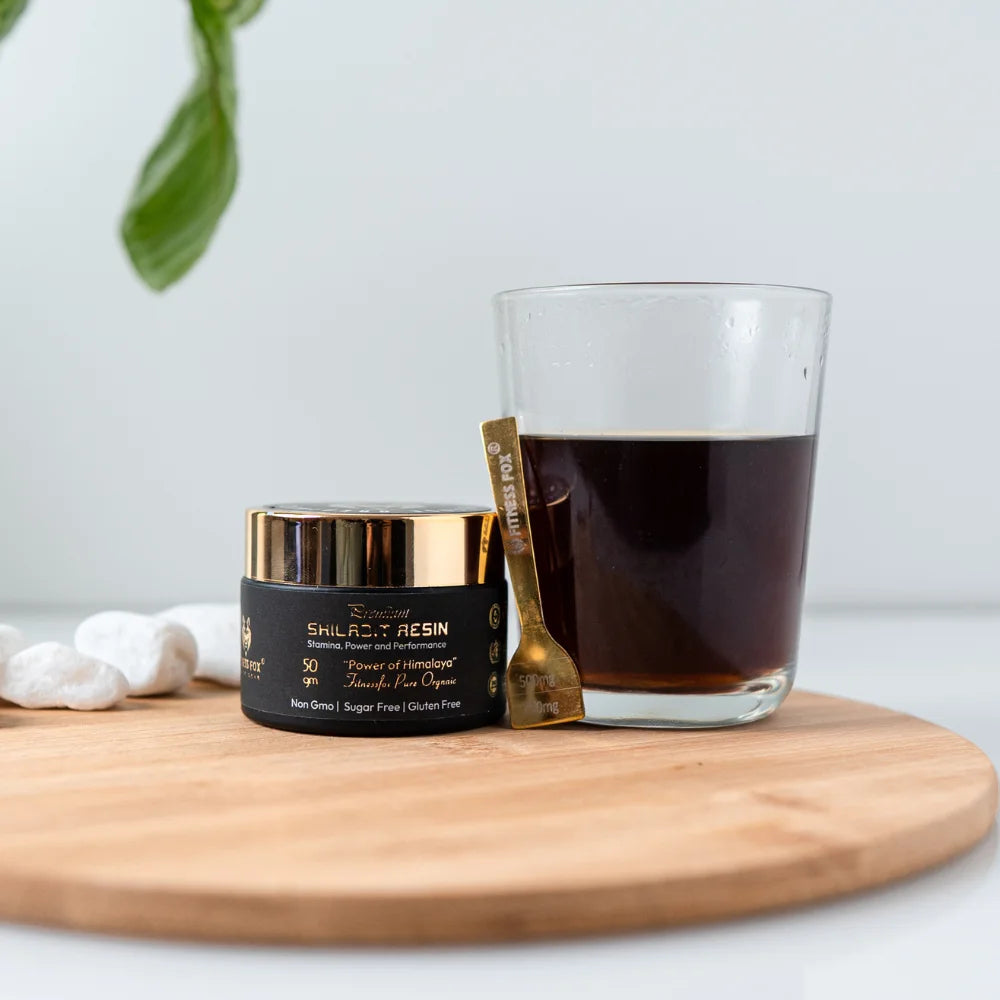
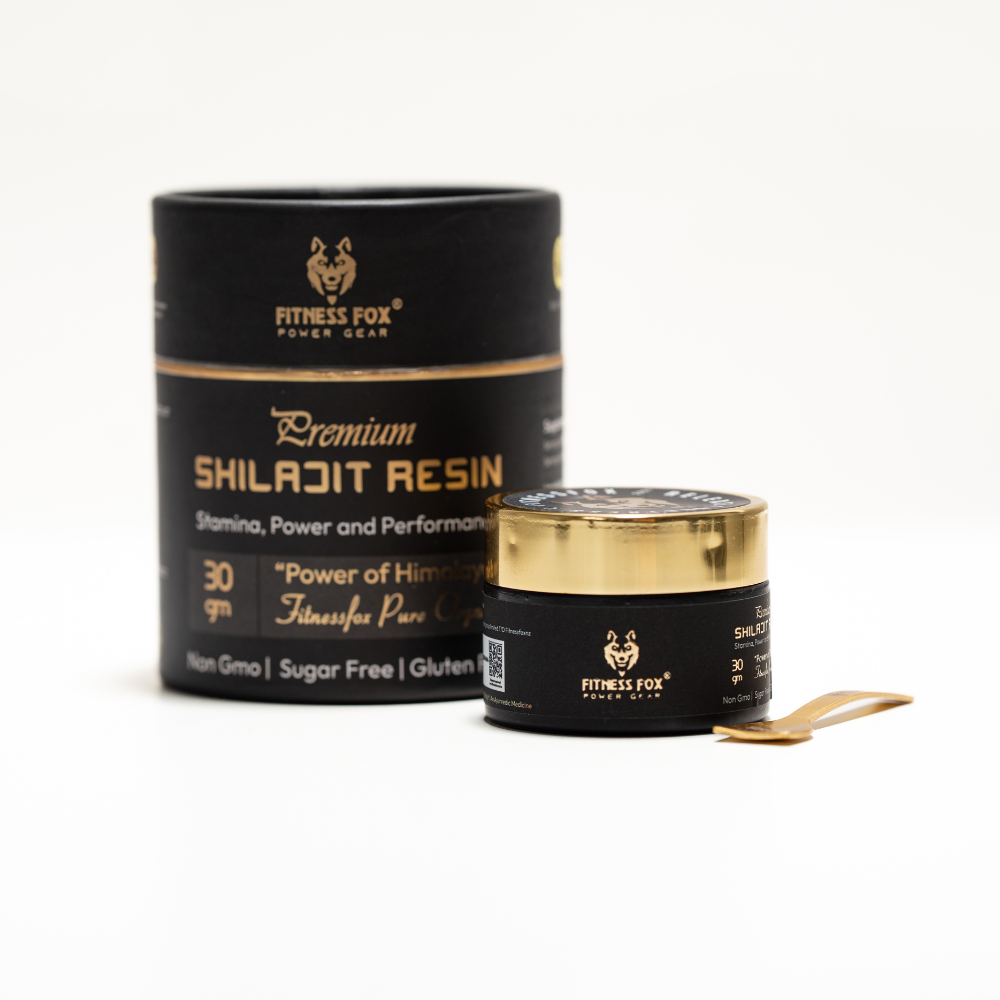
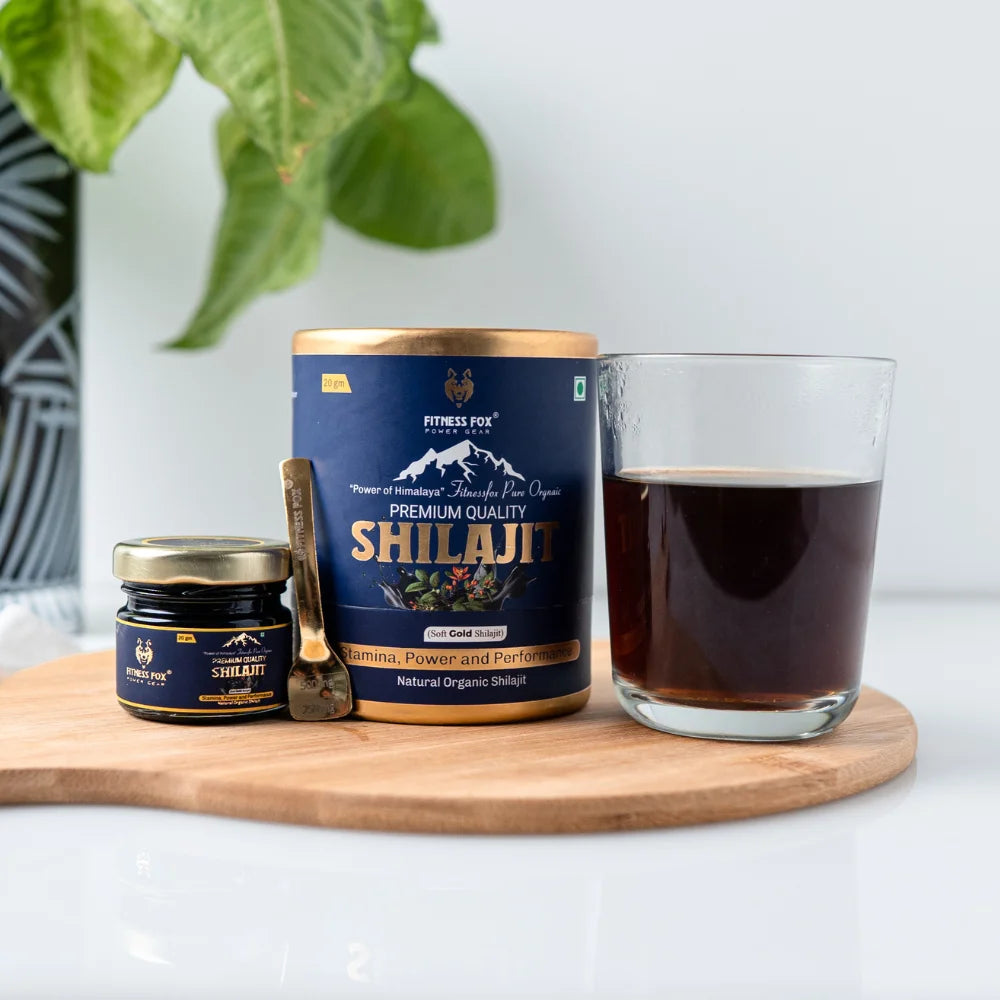
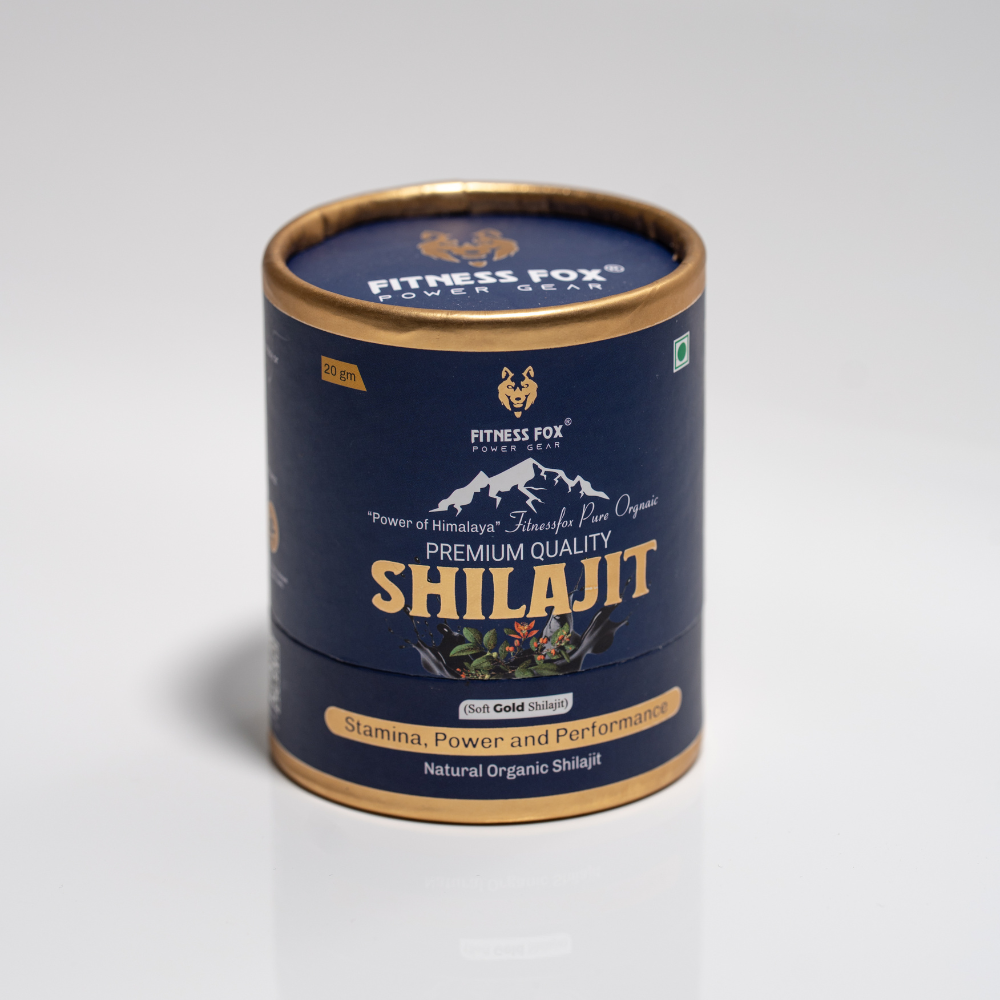
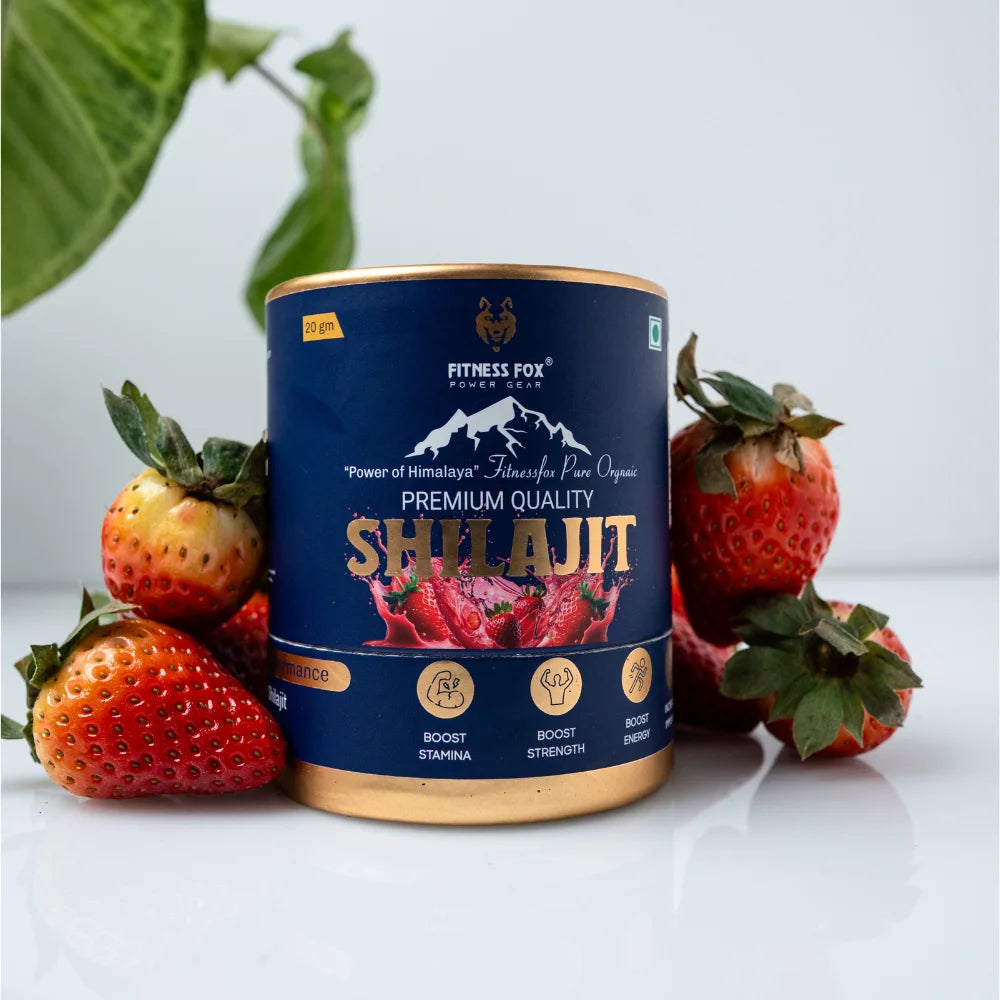

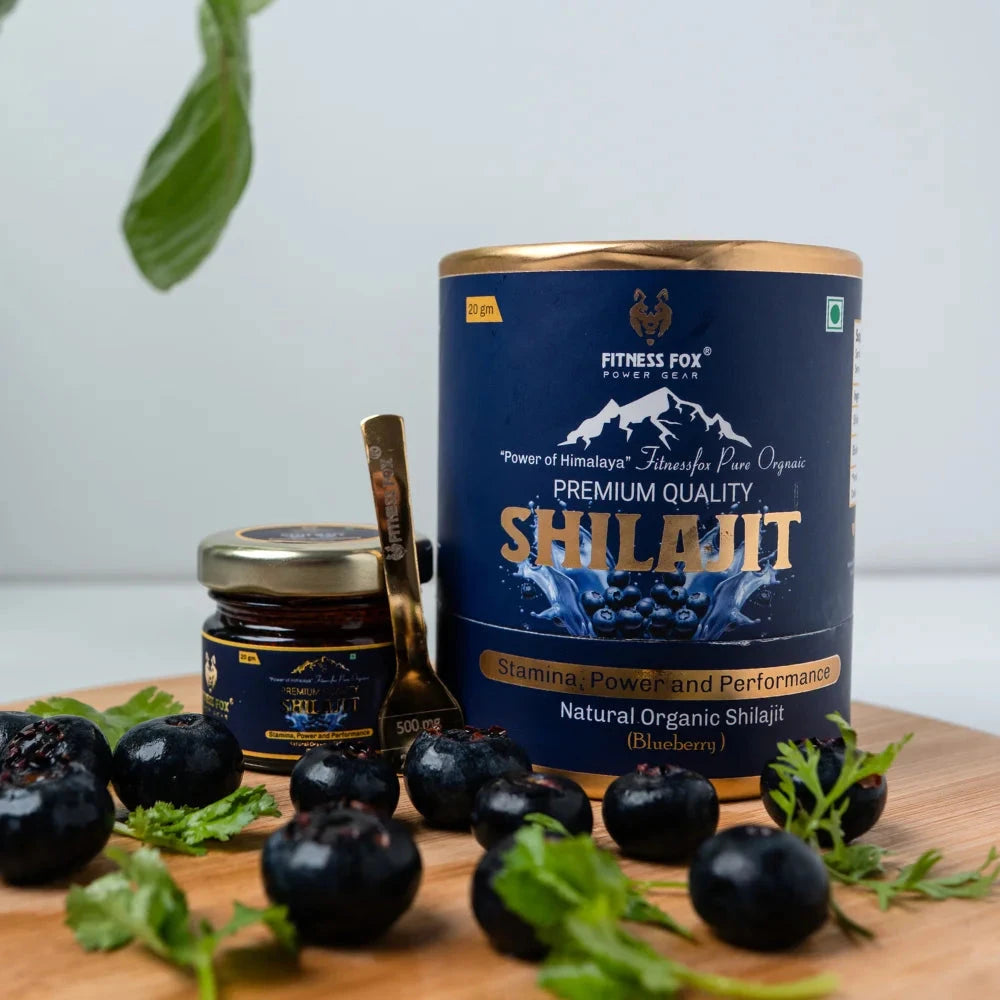
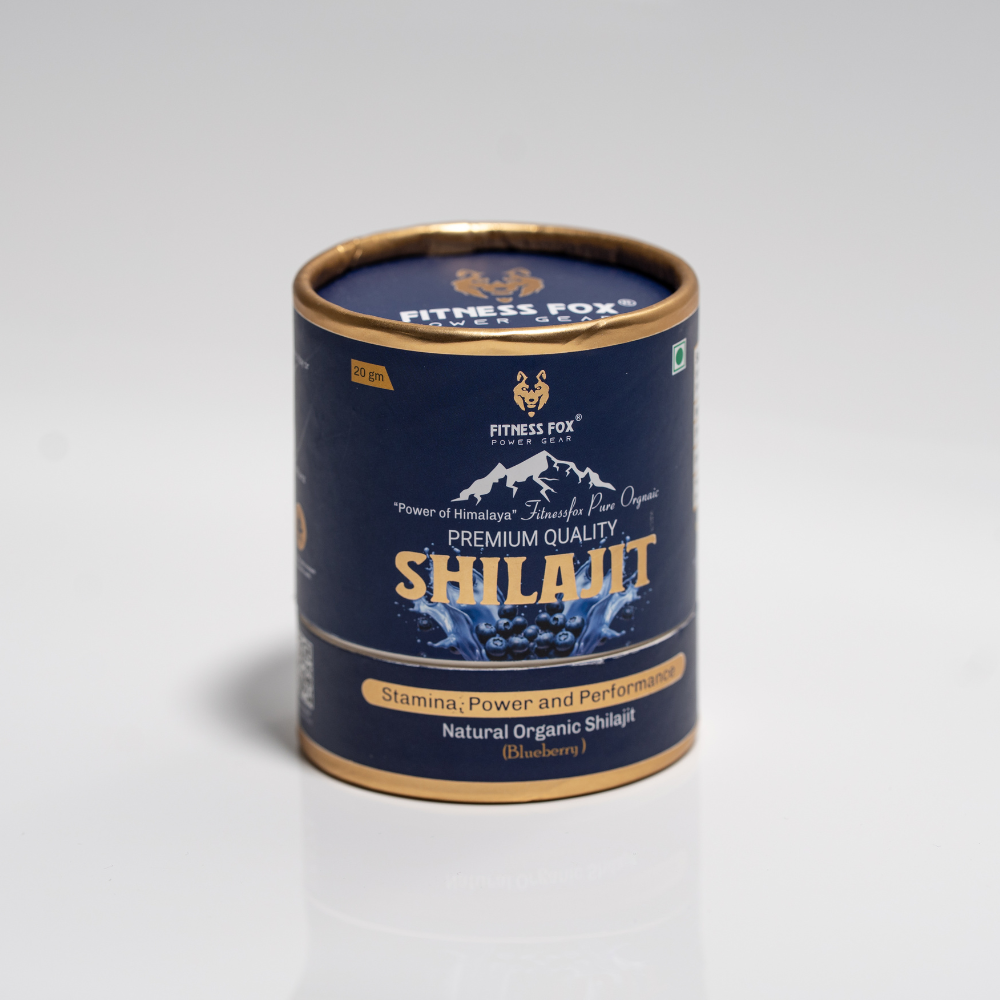
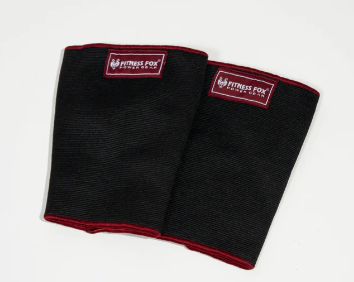



Leave a comment